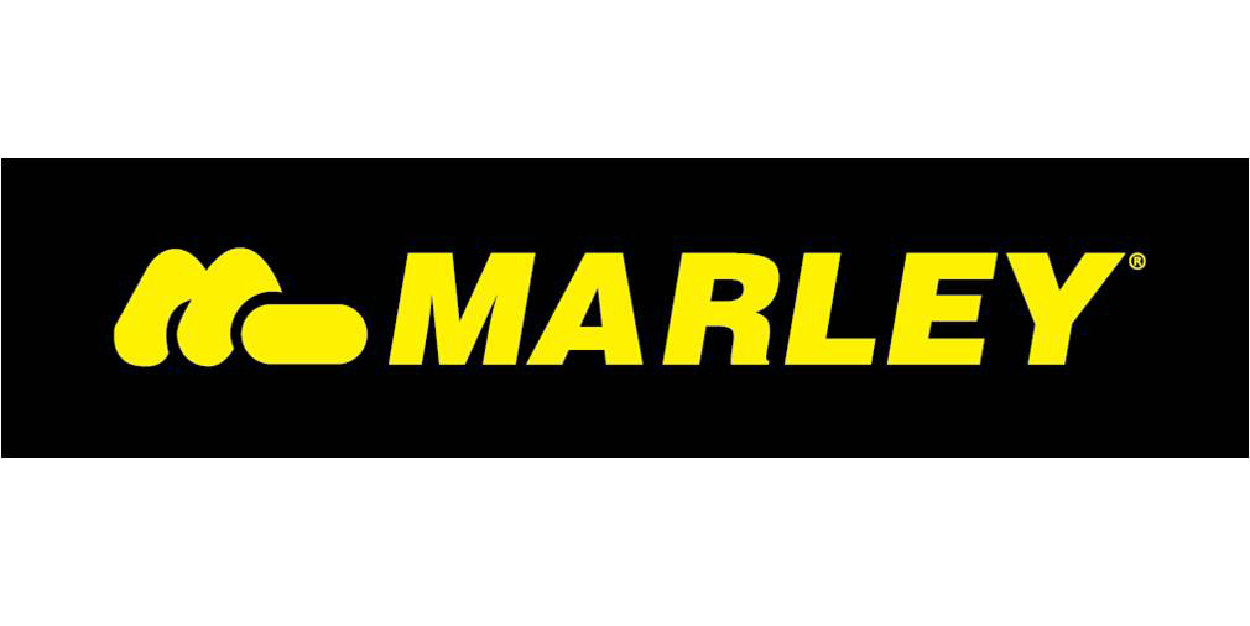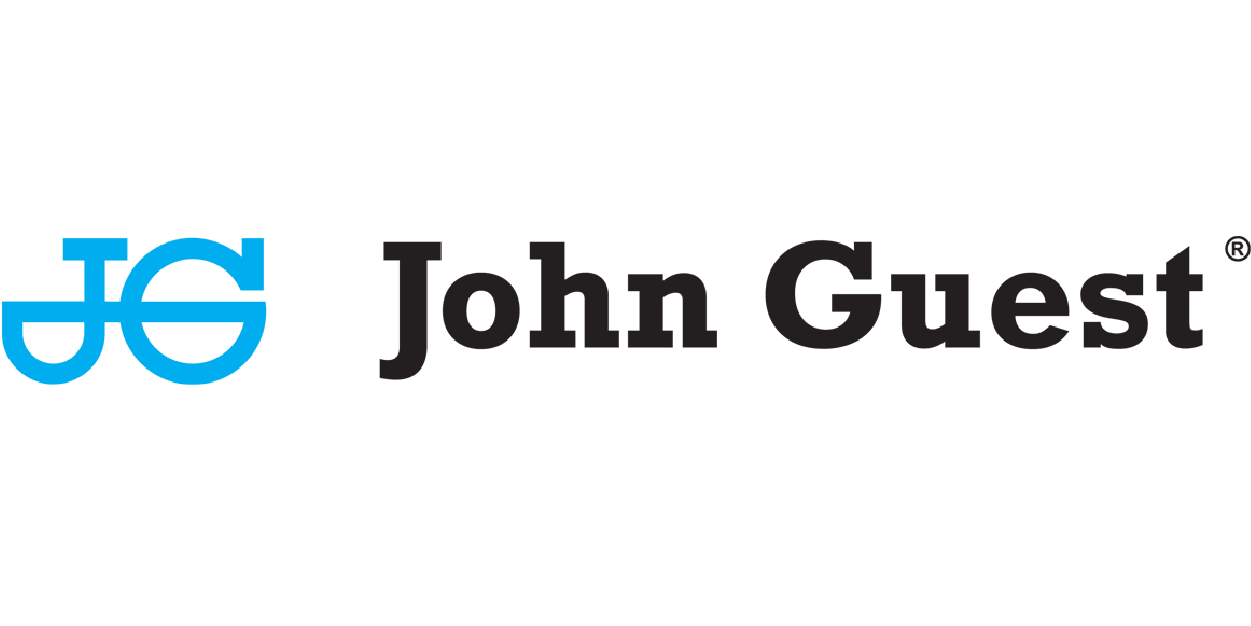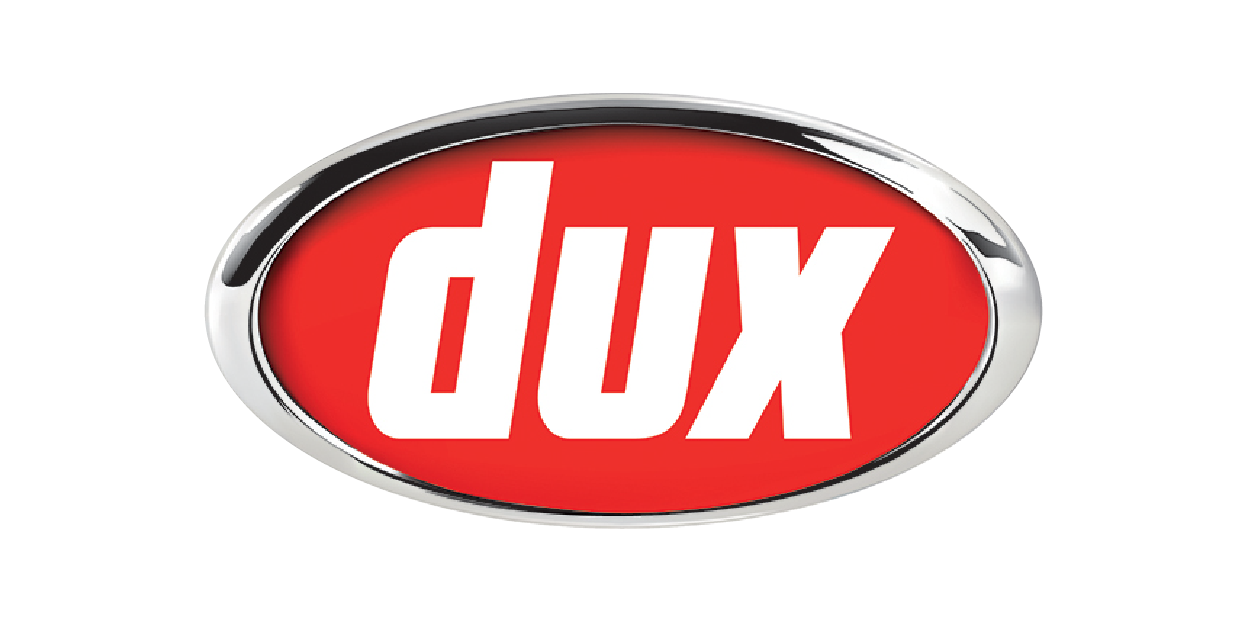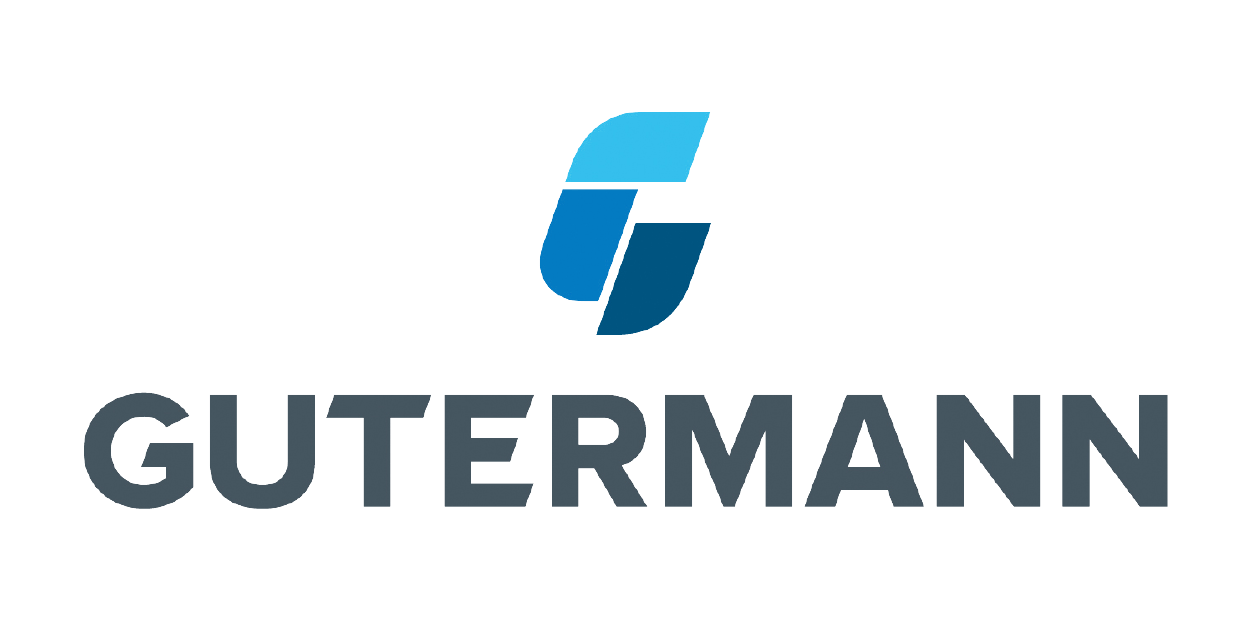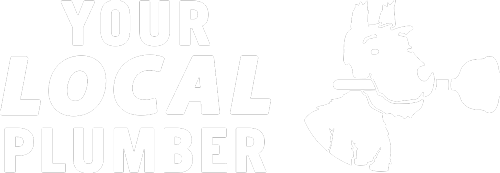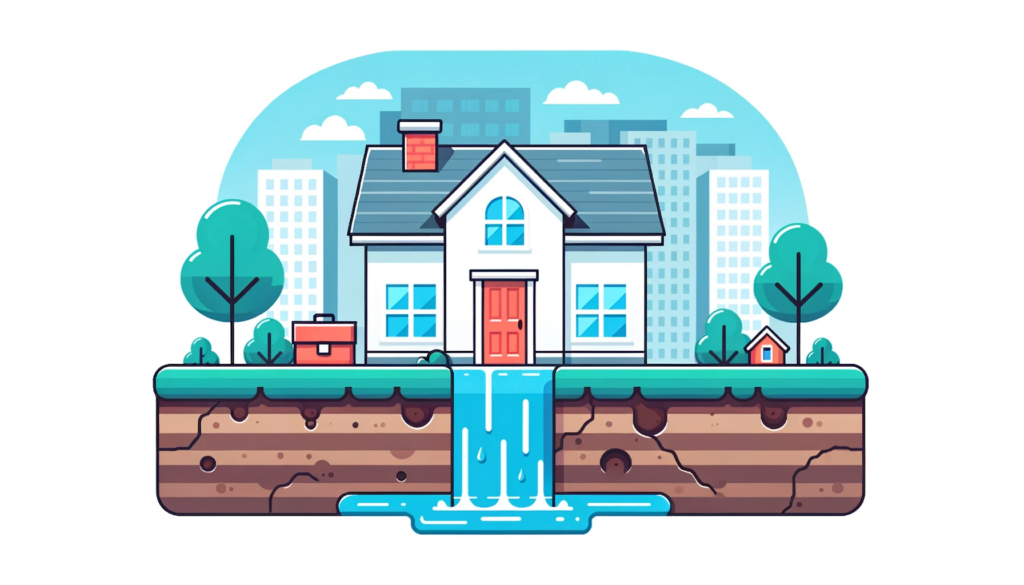
Call Today 09 973 4973 or
Establishing a Maintenance Schedule
A well-structured maintenance schedule is the cornerstone of gas safety, encompassing:
- Annual Inspections: It’s essential to have all gas appliances, connections, and infrastructure inspected annually by a licensed gasfitter. These professionals assess the integrity and safety of gas lines, the correct installation and condition of appliances, and the adequacy of ventilation systems.
- Regular Servicing: Beyond inspections, gas appliances require regular servicing to ensure they operate efficiently and safely. This includes tasks like cleaning burners, checking ignition systems, and replacing worn components, typically following the manufacturer’s guidelines or the advice of a gas safety expert.
- Leak Detection Checks: Incorporating leak detection into routine maintenance is crucial. This involves using specialised equipment to detect any gas leaks in the system, from the main supply line to individual appliance connections.
Key Safety Checks
In addition to regular maintenance, specific safety checks are vital for ensuring ongoing gas safety:
- Ventilation Verification: Proper ventilation is critical in areas with gas appliances to prevent the buildup of harmful gases. Regular checks should ensure that vents and flues are clear of obstructions and that air can circulate freely.
- Safety Device Testing: Gas appliances come equipped with various safety devices, such as flame failure devices and thermostats. Testing these features regularly ensures they function correctly, providing an essential safety net against gas-related accidents.
- Carbon Monoxide Alarms: Testing and maintaining carbon monoxide detectors are as crucial as the maintenance of the gas appliances themselves. These alarms should be tested regularly to ensure they are operational, and batteries should be replaced as per the manufacturer’s recommendations.
Documentation and Compliance
Maintaining detailed records of all maintenance activities, inspections, and repairs is not only good practice but often a regulatory requirement. These records provide a history of appliance maintenance, support warranty claims, and demonstrate compliance with safety regulations. They are also invaluable during safety audits or when selling the property, providing evidence of diligent gas safety management.
Educating Occupants and Staff
An informed approach to gas safety involves educating all occupants or staff about:
- Recognising Gas Leaks: Understanding the signs of a gas leak, including the smell of gas, hissing sounds from appliances or pipes, and physical symptoms of exposure, is critical for early detection and response.
- Emergency Procedures: Clear instructions on what to do in the event of a gas leak or carbon monoxide alarm, including how to shut off the gas supply and evacuate the area safely, are essential components of gas safety education.
- Safe Appliance Use: Guidelines on the correct use of gas appliances can prevent misuse and reduce the risk of accidents. This includes following manufacturer instructions and ensuring adequate ventilation during use.
Creating and adhering to a comprehensive routine maintenance and safety check plan is essential for the safety and well-being of all property occupants in New Zealand. By implementing these practices, property owners and managers can ensure that their gas systems operate safely and efficiently, minimising the risk of gas-related incidents.
Implementing a Comprehensive Maintenance Plan
A comprehensive maintenance plan for gas systems should include several key components:
- Scheduled Inspections: Regular, scheduled inspections by licensed gas fitters are crucial. These professionals can assess the condition of gas lines, connections, and appliances, identifying any wear and tear or potential risks that need addressing.
- Servicing of Gas Appliances: Gas appliances should be serviced according to the manufacturer’s instructions, typically at least once a year. This servicing includes checking for gas leaks, ensuring that ventilation systems are clear, and verifying that safety devices are functioning correctly.
- Immediate Repairs: Any issues identified during inspections or servicing should be repaired immediately to prevent potential hazards. Using qualified professionals for these repairs ensures that the work is done safely and to a high standard.
Safety Checks and Precautions
In addition to routine maintenance, specific safety checks and precautions are necessary to ensure the ongoing safety of gas systems:
- Carbon Monoxide Alarms: Installing carbon monoxide alarms near gas appliances and in sleeping areas provides an additional layer of safety, alerting occupants to the presence of this dangerous gas.
- Leak Detection: Regularly checking for gas leaks using appropriate detection methods can identify leaks early, preventing potential emergencies. This includes visual inspections of gas lines and the use of gas detectors.
- Educating Occupants: Ensuring that all occupants are aware of how to safely use gas appliances, recognize the signs of a gas leak, and know what actions to take in an emergency is fundamental to gas safety.
Record Keeping and Compliance
Maintaining detailed records of all maintenance activities, inspections, and repairs is important for several reasons:
- Regulatory Compliance: Detailed records can demonstrate compliance with local regulations and standards, which may require proof of regular maintenance.
- Safety Audits: Records allow for effective safety audits, providing a clear history of appliance servicing, repairs, and any gas-related incidents.
- Warranty and Insurance Claims: In some cases, warranties on gas appliances require regular servicing, and insurance policies may stipulate maintenance requirements.
Enhancing Safety Through Technology
Advancements in technology offer new opportunities to enhance gas safety:
- Smart Gas Detectors: These devices can provide real-time alerts about gas leaks, even when occupants are not on the premises, allowing for quicker responses to potential dangers.
- Automated Shut-off Systems: Systems that automatically shut off the gas supply in response to detected leaks or other hazardous conditions can significantly reduce the risk of accidents.
Suppliers
